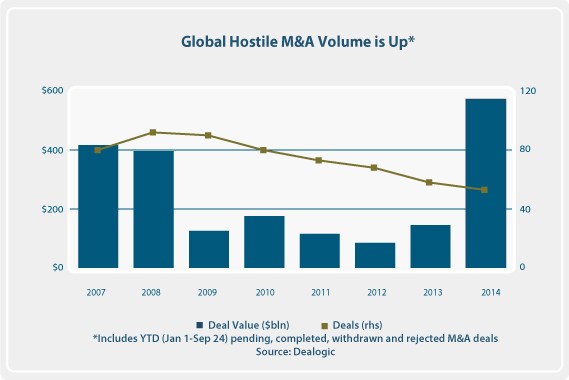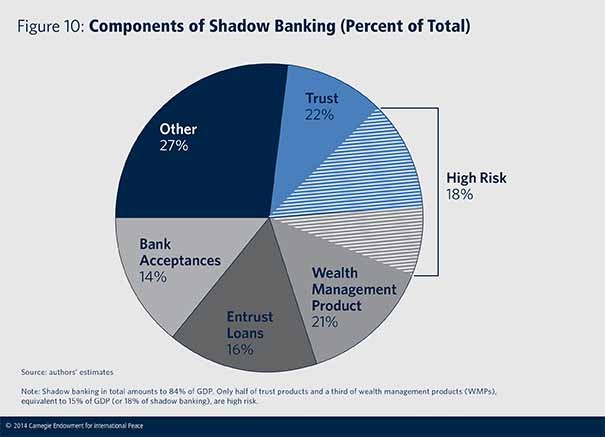Bond Risks Financial Web
Post on: 24 Май, 2015 No Comment

Although many bonds are considered to be quite safe, investing in the bond market as a whole is not without its risks. All bond instruments carry risk, but the degree of risk varies with the type of debt and the issuer. There are several different types of risk, and you should be aware of how these affect your bond investments. By recognizing and understanding the different levels of risk for each type of bond, the total risk can be better managed in the construction of an effectively-diversified bond portfolio.
Interest rate risk refers to the changes in market rates of interest, which have a direct effect on bond investments. The prices of fixed-income securities generally move inversely to (or, opposite of) the direction of interest rate changes. So, when interest rates are rising, the market prices of bonds tend to fall, because new investors in those bonds will want a competitive yield (the bond’s effective rate of interest). Likewise, when interest rates are falling, bond prices will rise. The longer the maturity of a bond, the greater the interest rate risk will be from the increased potential that over time interest rates will rise.
Another risk — the risk of default — is dependent upon the creditworthiness (the ability to make the scheduled interest payments and repay the principal when the bond matures) of the issuer of the security. Credit risk varies with bond issuers. U.S. Treasury issues carry virtually no risk of default because they’re completely backed by the federal government. U.S. agency debt has a slightly increased risk of default. Bonds issued by state and local governments (municipal bonds ) depend on the financial health of the particular issuer and its ability to raise revenue. Credit risks associated with corporate bonds are linked to the companies’ balance sheets, income statements, and earnings capacities.
Independent ratings services evaluate the credit risk of municipal and corporate bonds. These range from the best credit quality for issuers with the strongest financial status to the lowest ratings for issuers in default. Standard & Poor’s is one of the best-known ratings agencies. Bonds with S&P ratings of AAA, AA, A, and BBB are considered to be investment-grade quality. Bonds with ratings below BBB are considered to be junk bonds and are speculative.
Bonds with a call provision have call risk. Many corporate and municipal bonds are callable by their issuers. This means that the issuers can repurchase their bonds at a specified (call) price before maturity. This is beneficial to the issuer but detrimental to the investor because when interest rates drop below the coupon rate (the stated interest rate) of the bond, the issuer can redeem the bond and then reissue it at a lower coupon rate.
Purchasing-power risk affects bonds. Bond coupon (interest) payments are generally fixed amounts; the value of the payments is therefore affected by inflation. When the rate of inflation rises, bond prices tend to fall because the purchasing power of the fixed coupon payments is obviously reduced.

All coupon bonds are subject to reinvestment rate risk. Interest payments received may be reinvested at a lower interest rate than the coupon rate of the bond, particularly if market rates have fallen. Zero-coupon bonds . which make no periodic interest payments, inherently have no reinvestment risk.
Foreign bonds are subject to foreign currency risk. A rise in the dollar against a foreign currency can ravage returns and result in a loss of investment principal when the bond matures.
$7 Online Trading. Fast executions. Only at Scottrade














